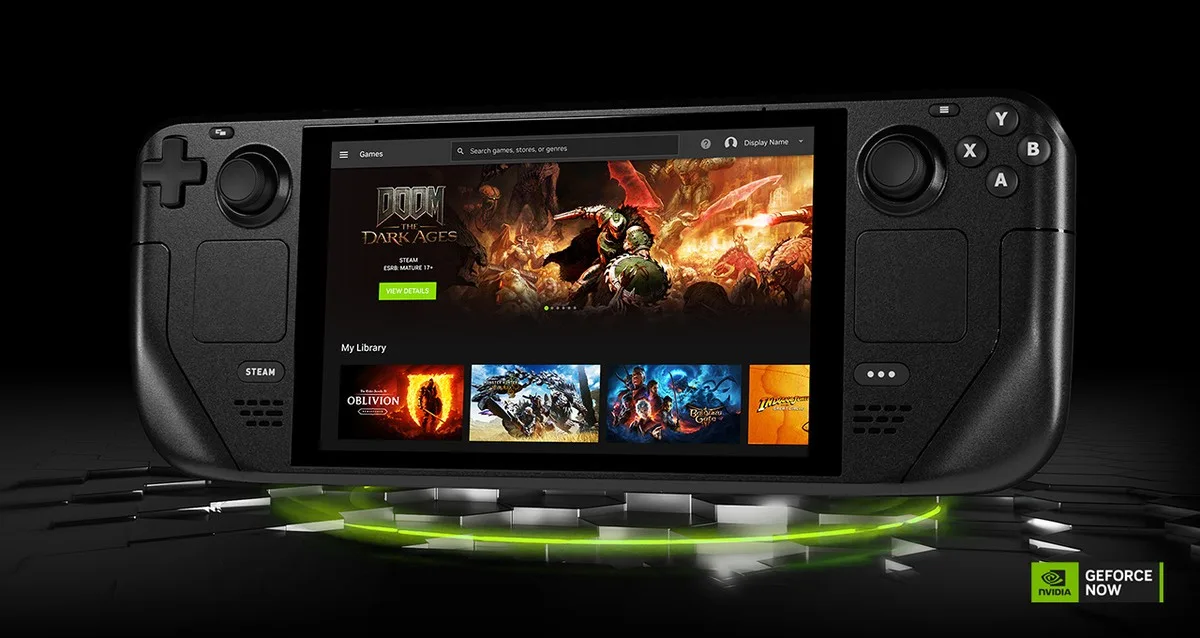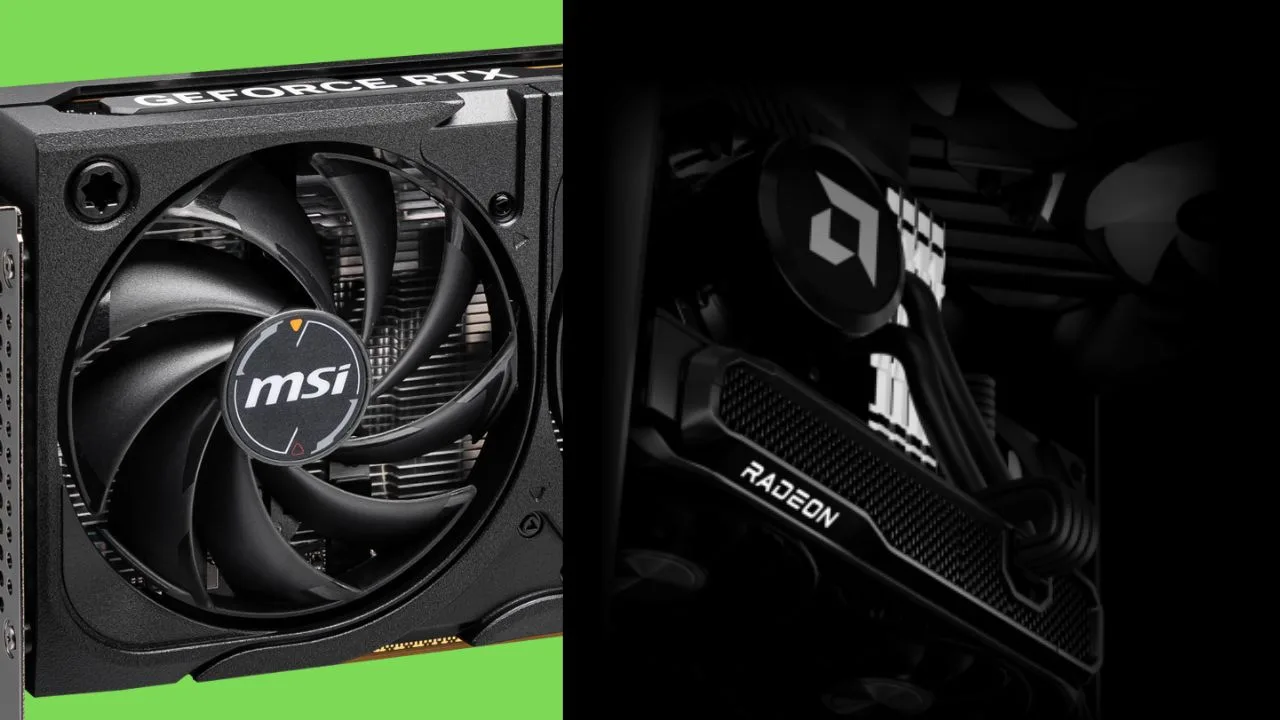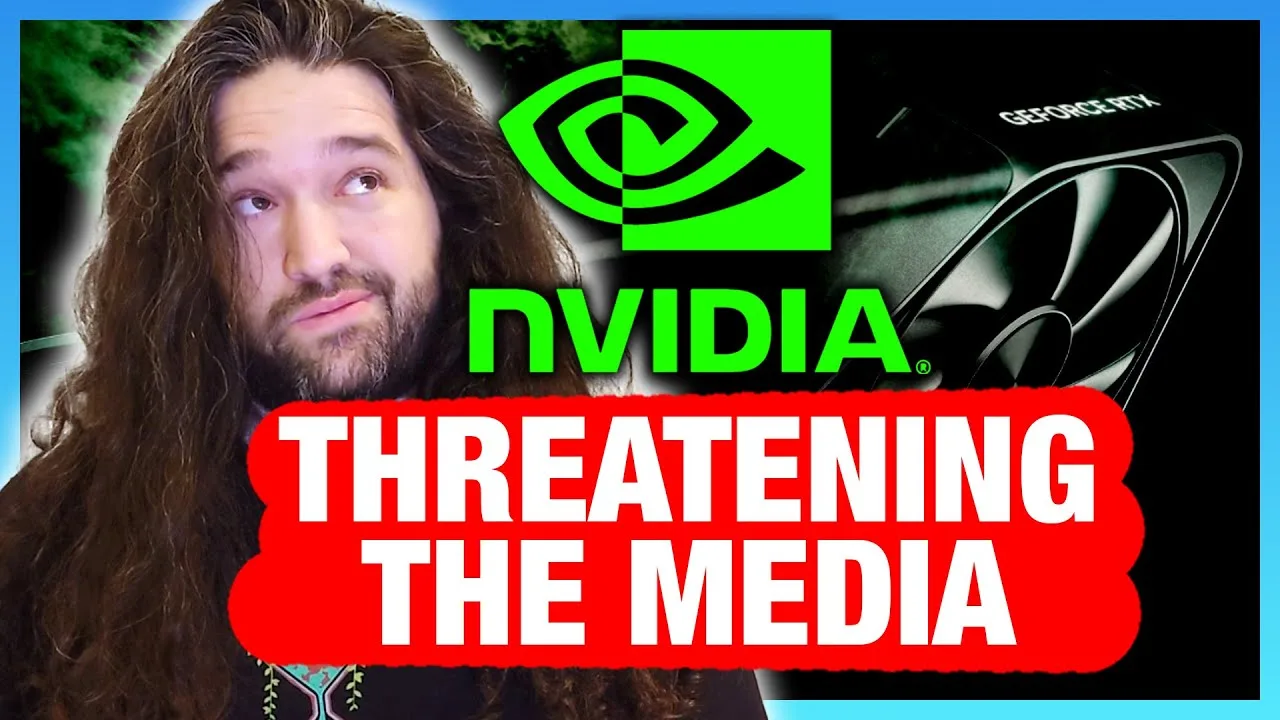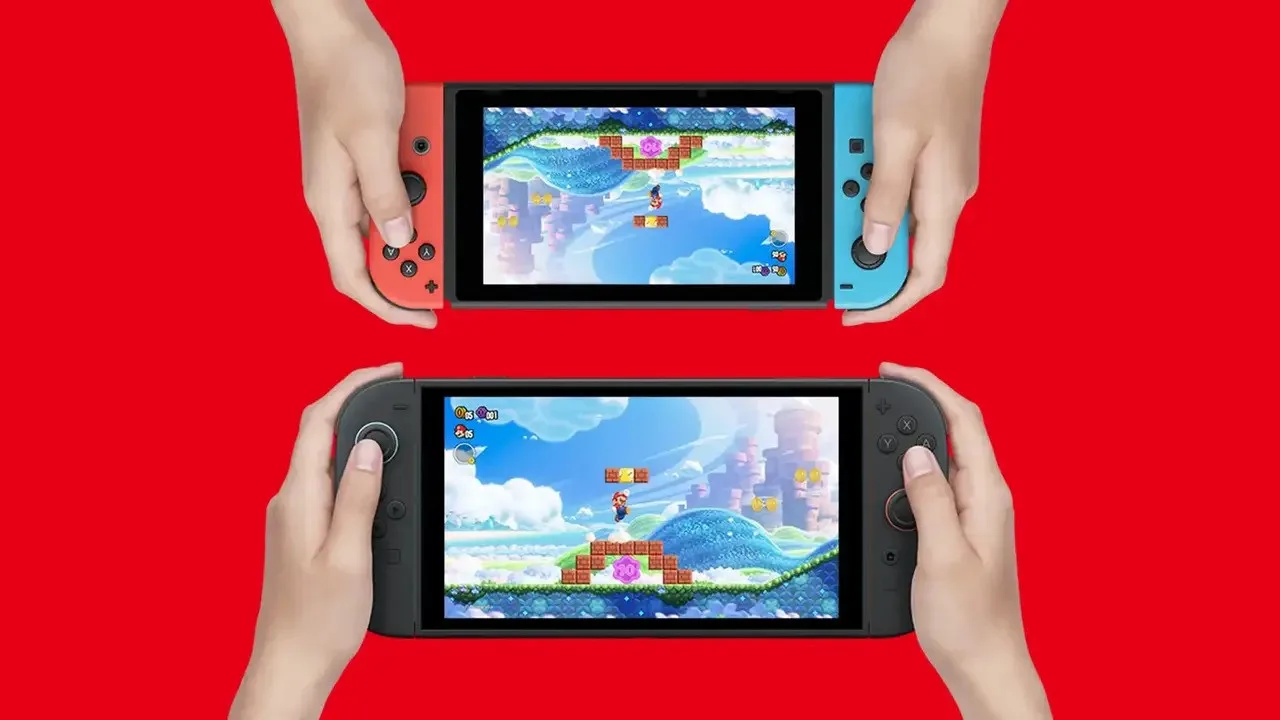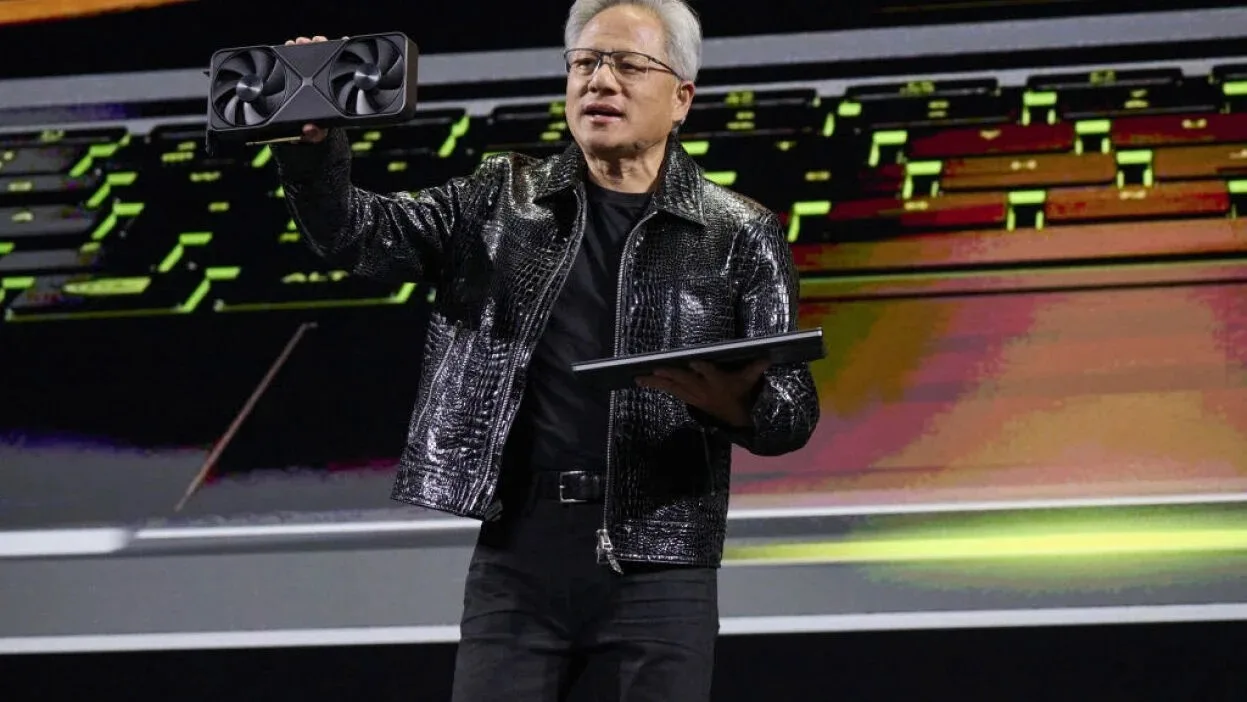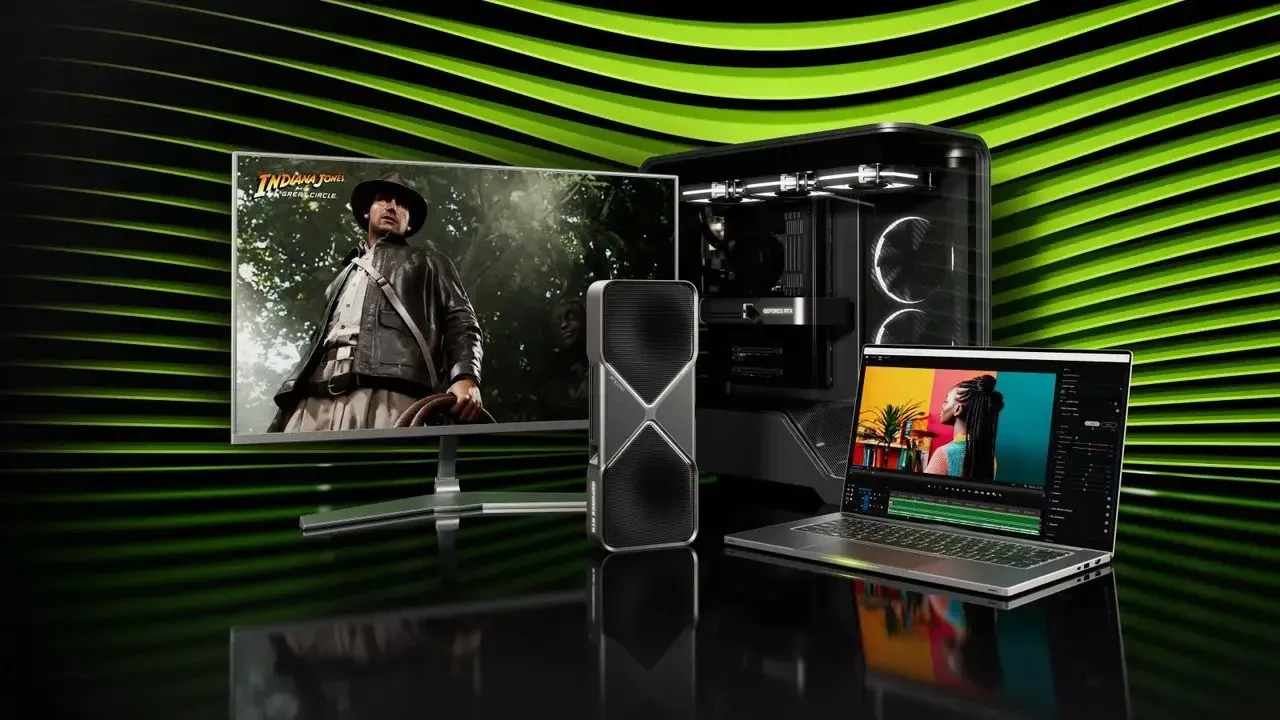
NVIDIA at Gamescom 2025: A Software-Centric Revolution
The NVIDIA App update launching August 19th marks a major shift in how users interact with their GPUs. It’s not just a UI refresh—it’s a philosophical pivot toward user control and streamlined optimization. Key Features:… NVIDIA at Gamescom 2025: A Software-Centric Revolution

